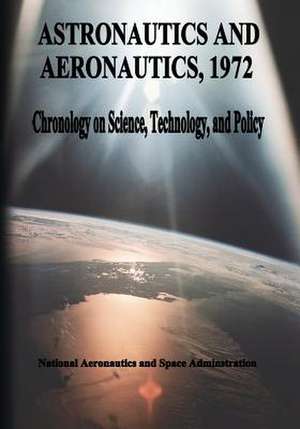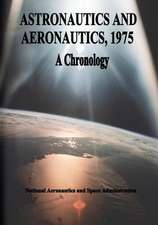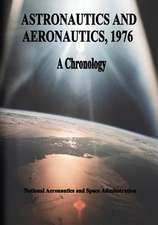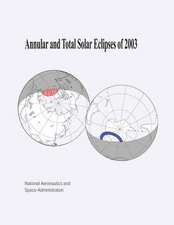Astronautics and Aeronautics, 1972
Autor National Aeronautics and Administrationen Limba Engleză Paperback
Preț: 212.14 lei
Nou
Puncte Express: 318
Preț estimativ în valută:
40.60€ • 42.22$ • 33.98£
40.60€ • 42.22$ • 33.98£
Carte tipărită la comandă
Livrare economică 14-28 martie
Preluare comenzi: 021 569.72.76
Specificații
ISBN-13: 9781495485305
ISBN-10: 1495485307
Pagini: 594
Dimensiuni: 178 x 254 x 30 mm
Greutate: 1.02 kg
Editura: CREATESPACE
ISBN-10: 1495485307
Pagini: 594
Dimensiuni: 178 x 254 x 30 mm
Greutate: 1.02 kg
Editura: CREATESPACE






















![On to Mars 2 Volume 2: Exploring and Settling a New World [With CDROM]](https://i0.books-express.ro/bt/9781894959308/on-to-mars-2-volume-2.jpg)

